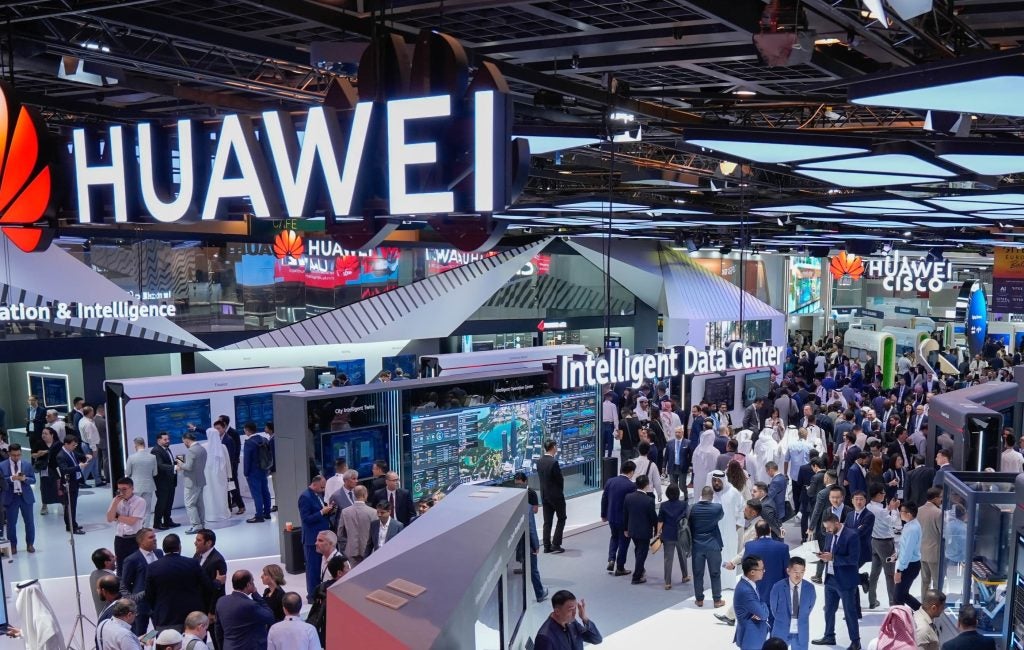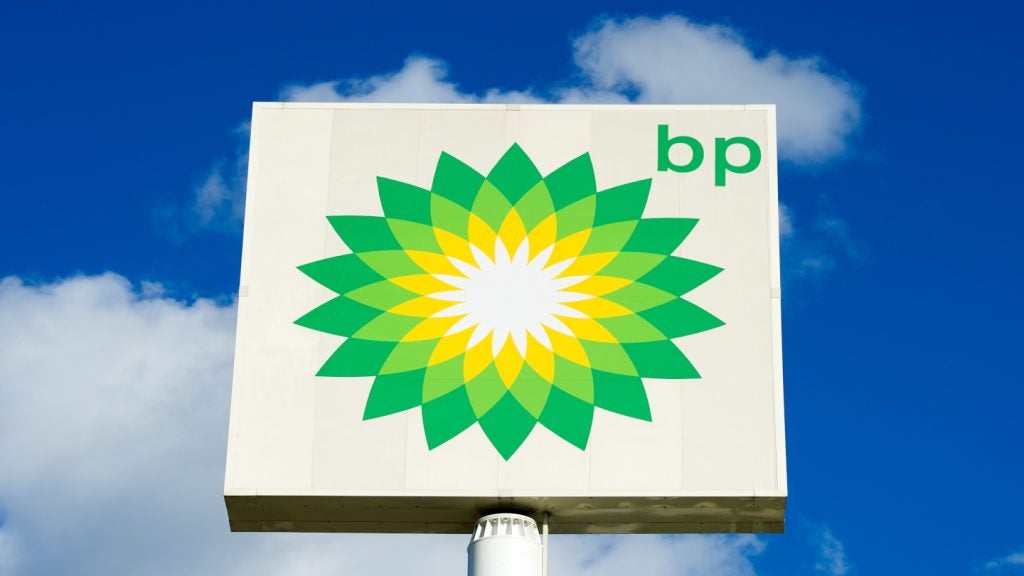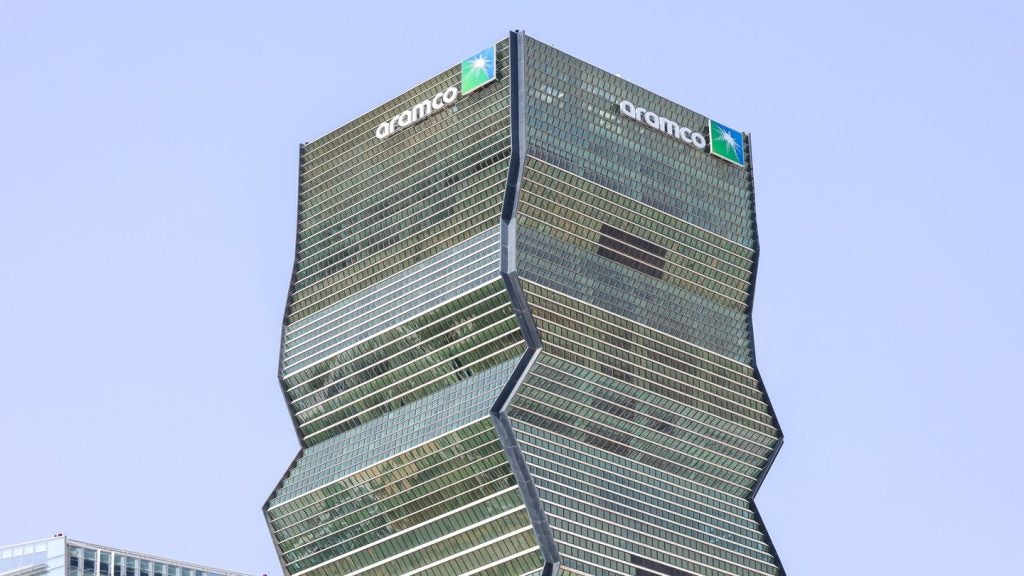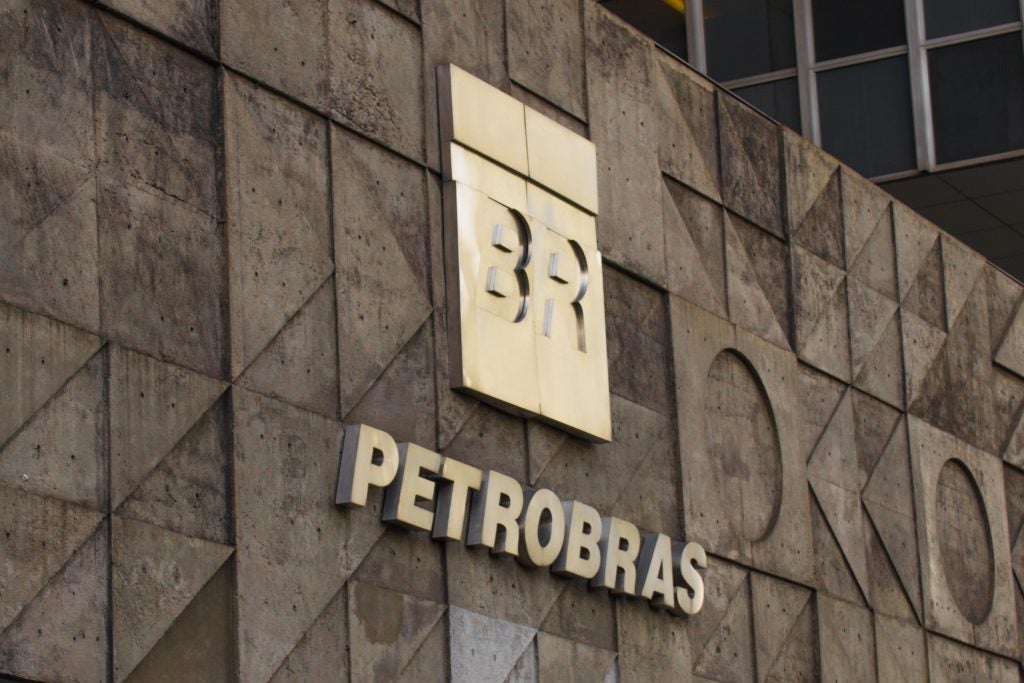In the middle of October, Huawei participated in the GITEX GLOBAL 2024 gathering in Dubai, one of the world’s largest tech exhibitions.
On the first day, Huawei hosted the Industrial Digital and Intelligent Transformation Summit and launched joint solutions with partners for ten industries such as education, electric power, finance, healthcare, mining, oil and gas (O&G), public utilities, retail and transportation, as well as a series of new flagship products.
A Huawei representative sat down with Jackie Park, managing editor at GlobalData, Offshore Technology’s parent company, for a discussion about what Huawei can offer operators in the O&G sector.
Jackie Park: Is O&G a key growth area for Huawei?
Huawei: Yes, especially in the Middle East and central Asia area, and it is the most important sector in this area. Especially in the current situation, more companies are looking to the east.
We will have a big chance in this area, and we are bringing a lot of attention and human resources from China who work in this industry and sending them to work here.
As for Latin America, I think there are some good business opportunities there. We have some people looking at those, but the region is not quite at the same level as the Middle East.
Jackie Park: Over the next ten years, will effective O&G exploration be possible without AI?
Huawei: No, I don’t believe so. We are already doing a lot of things with AI, [including] working with some of China’s leading exploration companies. We are at the beginning of the AI-assisted-everything era, so the technology will likely become dominant.
AI can already do many of the things human engineers can do, at least in terms of the insights and resources. Engineers usually just need to review the data and results, a big plus for working efficiently.
Jackie Park: Are there one or two O&G products from Huawei that you are proud of, or think of as revolutionary?
Huawei: We have our Pangu models, which essentially act as an intelligent assistant. These are models that we carefully train and design for industrial sectors.
We feed the model with industry specific technologies, or vertical specific technology, and once the end user gets it, they can quickly have a prototype of their use case ideas based on our platform, and all from a very few data samples.
With our help, companies can [quickly] prototype AI use cases, enabling them to identify the real and valuable uses, and business impacts.
Second, we have a lot of different types of wired and wireless connectivity solutions that can meet the requirements of connecting O&G assets to the people out in the field, assisting operators.
Connectivity is so important that we simply can’t emphasise it enough. In fact, connectivity is the foundation of any visibility of operation in the oilfield, which in turn is the foundation of any digitalisation in the oilfield.
However, the connectivity is still not in an ideal situation. It is still not good enough to enable a very deep digitalisation across the value chain of the upstream, especially production elements.
We still have a lot of work to do in this area, and we do have new technology appearing over the next few months, making improvements, and making connectivity even more cost effective in this industry.
Our approach is two-part: an AI-based large model and the enhanced connectivity, and we are generally very proud of what we are offering in the O&G industry.
Jackie Park: Can Huawei offer end-to-end solutions for the O&G industry?
Huawei: We do have something to offer in each part of the value chain, but we are not capable, yet, of offering end-to-end solutions.
We do have some offerings in each part of the O&G sector – for example, in the upstream and downstream – but we always need to work with our partners to develop a solution. We are an information and communications technology vendor first and foremost; connectivity is our strongest solution portfolio.
We also provide computing power through different methods and means – at a physical location or in [the] cloud – and offer a range of storage servers for vast amounts of data. We also provide some software platforms and Internet of Things platforms to enable companies to digitalise the workflow and procedures within their organisation.
Having said all that, now we don’t offer automation sensors such as a flow meter, temperature meter or pressure meter, which are very commonly used in industry.
Jackie Park: In terms of pipeline monitoring, what has been your most satisfying rollout?
Huawei: The prime element of our pipeline monitoring is still our communication.
Our Industry Optical Communication Network is a communication system that O&G companies usually use to build their backbone network, to connect [to] their facilities.
We have sold this solution to many top O&G companies, and we have been the leading vendor in this area for the past 15 years.
Jackie Park: What are the biggest issues facing pipeline monitoring, particularly in remote regions?
Huawei: Connectivity is almost always not there, as it is a harsh environment, and it is costly to send people to inspect long pipelines. It is also very labour-intensive work.
There are a lot of ways to [address this], such as increasing efficiency, but you still need very good connectivity. For example, in China, in some areas we have four [monitoring] GBA stations installed along one of the major interstate pipelines.
But because of the infrastructure availability there, the company is using drones to do the inspection, instead of sending people. They can send a drone to do a round trip and inspection of their pipeline within one day.
Previously, they would need four groups of people to complete one inspection of the whole pipeline within a two-week period. So, you need good connectivity, we always come back to that, otherwise, you must do things the old-fashioned way.
Jackie Park: What are the advantages for a company choosing Huawei technology?
Huawei: We have vertical divisions in our organisation. I am from the O&G vertical and mining vertical, and in these we have service or marketing. We have industrial specialists who work together to try to come up with solutions to resolve real challenges in each industry.
Our differentiator in Huawei is to serve different verticals, especially O&G. We have the technology knowhow. Native Huawei employees know information and communication technologies very well. We also have people like me, who came from the industry, and know what the end users need.
We work together very closely, so it is like a hybrid of the best industry knowhow and the best ICT knowhow, combined to serve you, to meet your challenge and help you to solve your problems in your organisation.
We are not just there to sell you a standard package of equipment, like a communication box, router and switch. We sell you that, then we move one step further to enable you to [ensure] valuable use cases.
Once you have that you have a very good foundation for digitalisation, which is what we are good at providing to our customers. With a bit more work on it, you will be able to have unlimited valuable use cases to be built on this platform.















